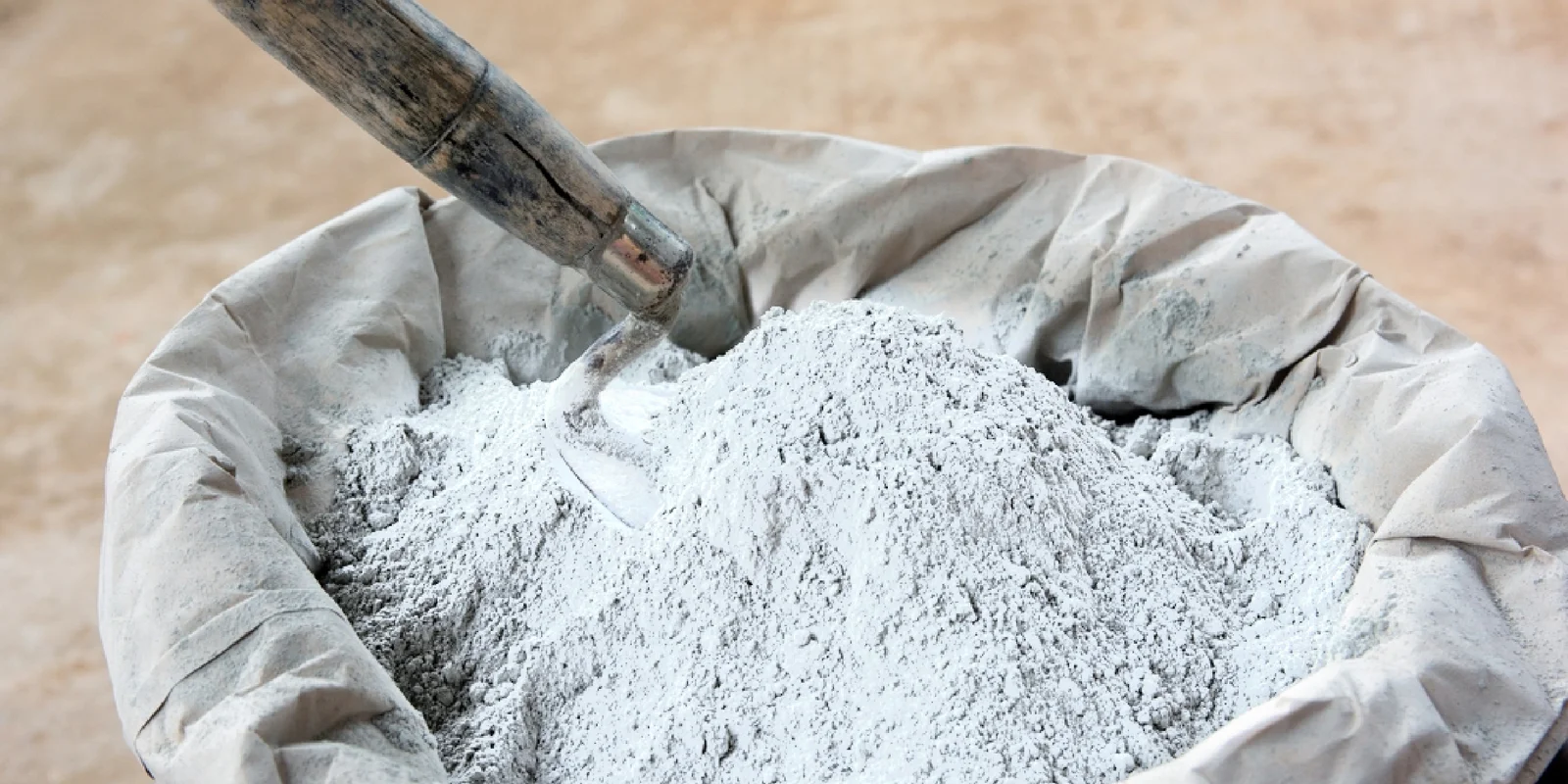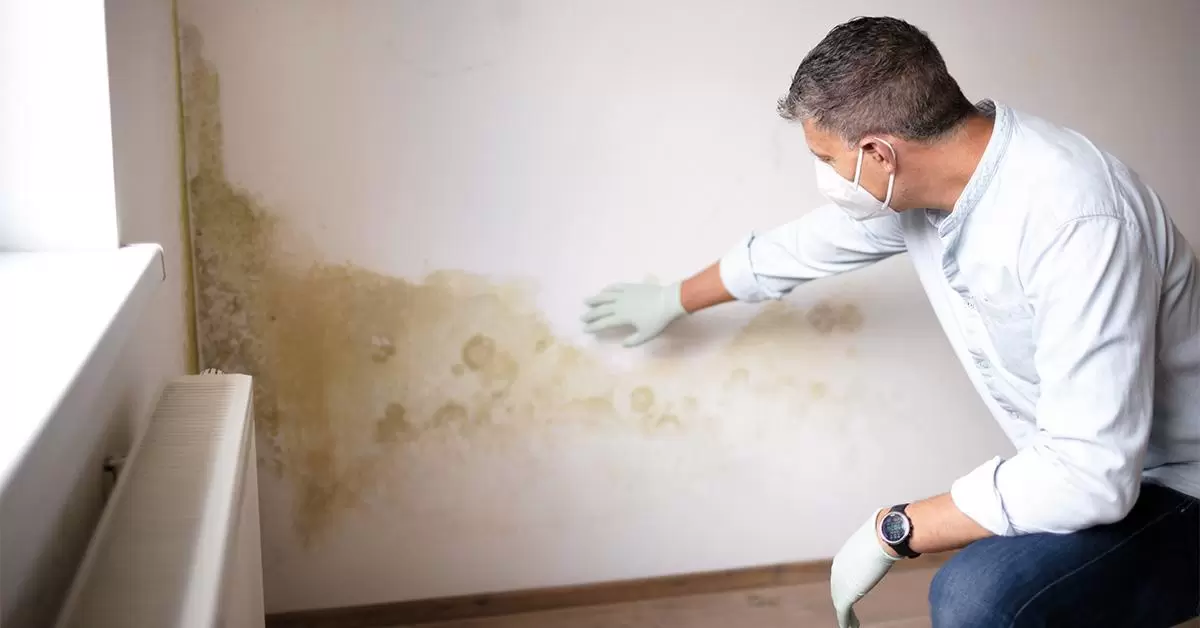Table of Content
Fire accidents can happen anywhere, and homes are no exception. From short circuits to kitchen mishaps, a small spark can turn into a dangerous blaze within seconds. While fire alarms and safety measures are important, nothing replaces the immediate protection offered by a fire extinguisher for home. Once considered essential only in offices, malls, and large societies, fire extinguishers are now becoming a necessity for households.
But not all extinguishers are the same different fires require different types of extinguishers. In this article, I’ll walk you through the various types of fire extinguishers, how to use them, where to keep them at home, and how to maintain them for maximum safety.
In this detailed guide, I’ll cover the different types of fire extinguishers available, the classification of fires, how to use them, where to store them at home, when to replace them, and tips on maintenance. By the end, you’ll have all the information you need to choose the right fire extinguisher for home and ensure your family’s safety.
What are the Types of Fire Extinguishers?
Not all fires are the same and neither are extinguishers. Each fire extinguisher is designed to fight specific types of fire. Using the wrong type can not only make the extinguisher ineffective but also worsen the fire. This is why it’s crucial to understand the different options available before buying a fire extinguisher for home.
1. Water Extinguishers
Water extinguishers are among the oldest and simplest forms of firefighting tools.
- Standard Water Extinguishers: These work best on Class A fires, which involve materials like wood, paper, fabric, and plastics. They release water at high pressure to cool the flames and stop them from spreading. However, they are dangerous for electrical fires and oil-based fires, as water can conduct electricity or spread flammable liquids.
- Dry Water Mist Extinguishers: An improved version, these convert water into fine mist particles. The tiny droplets smother flames by reducing oxygen supply. They are much safer and versatile, capable of tackling most fire types, including some electrical and liquid fires, without leaving harmful residue.
2. Wet Chemical Extinguishers
Designed specifically for Class F fires (cooking oil and fat fires), these extinguishers are a must-have in modern kitchens. When sprayed, they release a chemical solution that reacts with burning oils to create a soapy layer, cooling the fire and sealing the surface to prevent re-ignition. Imagine a deep-frying pan catching fire—water would make it worse, but a wet chemical extinguisher can handle it safely.
3. Powder Extinguishers
These are highly versatile but must be used carefully.
- ABC Powder Extinguisher: Known as the “all-rounder,” this extinguisher can fight Class A, B, and C fires. It works by releasing a fine powder that cools flames and cuts off oxygen supply. It’s safe for electrical fires as well. However, it creates a mess and can cause breathing difficulties if used in a small, enclosed room.
- L2 Powder Extinguisher: Suitable for Class D fires metal fires caused by magnesium, sodium, or lithium. Such extinguishers are often found in industries but can be useful in homes with metal workshops.
- M28 Powder Extinguisher: Similar to L2 but specifically not recommended for lithium fires. It works well for other combustible metals.
4. Carbon Dioxide (CO2) Extinguishers
If your home has computers, appliances, or delicate electronics, a CO2 extinguisher is a smart investment. It is perfect for Class B fires (flammable liquids) and electrical fires. The gas suffocates flames by pushing out oxygen. Unlike powder or foam, it leaves no residue, so your gadgets remain safe. However, it should never be used on cooking oil fires, as it can spread the flames.
5. Foam Extinguishers
Foam extinguishers combine water with a foaming agent, creating a blanket effect over the fire. They are excellent for Class A and Class B fires. The foam smothers flames and prevents vapors from escaping, reducing the risk of re-ignition. These extinguishers are commonly used in garages or workshops where flammable liquids are stored. But like water types, they are unsuitable for electrical and Class F fires.
Classification of Fire
Before investing in a fire extinguisher for home, it’s important to understand how fires are classified. Each class requires a specific extinguishing method:
- Class A: Solid materials like paper, wood, and textiles.
- Class B: Flammable liquids such as petrol, diesel, and paints.
- Class C: Combustible gases like propane, methane, and butane.
- Class D: Metal fires, often in industrial settings but possible in home workshops.
- Class F: Kitchen fires caused by oils and fats.
- Electrical Fires: Fires caused by appliances, faulty wiring, or short circuits.
This classification helps you decide which extinguisher is best suited for different rooms in your house. For instance, a wet chemical extinguisher is perfect for the kitchen, while an ABC powder extinguisher is more versatile for general household use.
Also Read: How to Keep Top Floor Apartment Cool in Summer with Easy and Effective Tips
How to Use a Fire Extinguisher?
Buying the right fire extinguisher for home is only half the job. Knowing how to use it is equally critical. During emergencies, panic can take over, so a simple method has been developed for easy recall the PASS technique:
- P – Pull the pin at the top of the extinguisher to break the tamper seal.
- A – Aim the nozzle or hose at the base of the fire, not the flames.
- S – Squeeze the handle to release the extinguishing agent.
- S – Sweep the nozzle side to side across the base until the fire is out.
It’s also recommended to practice with a demo extinguisher or attend a basic fire safety training session. A few minutes of preparation can save valuable time during a real emergency.
Where Should You Keep Fire Extinguishers at Home?
Placement is just as important as purchase. Many people buy a fire extinguisher for home and then tuck it away in a corner where it can’t be reached quickly. That defeats the whole purpose. Here are the best locations:
- Kitchen: The most common fire hazard zone. Keep it accessible but not directly next to the stove or oven.
- Garage or Workshop: Cars, bikes, oils, and paints all increase fire risk.
- Electrical Panels: Short circuits can be contained early with a nearby extinguisher.
- Living Room or Main Hallway: A central location ensures everyone knows where it is.
- Bedrooms (especially upstairs in duplexes): Nighttime fires can be deadly, and quick access saves lives.
The golden rule: keep extinguishers visible, accessible, and at a height where even children or elderly family members can reach them.
When Should You Replace a Fire Extinguisher?
A faulty extinguisher can be worse than not having one at all. Here’s when you should consider replacing your fire extinguisher for home:
- The expiry date has passed.
- The pressure gauge is no longer in the green zone.
- The body is damaged dents, rust, or cracks.
- The pin or seal is missing.
- It has been used, even briefly once discharged, it must be refilled or replaced.
Think of extinguishers like helmets: they must always be in top condition when you need them most.
Fire Extinguisher Maintenance
Regular maintenance ensures your extinguisher is always ready:
- Do a monthly visual check for any leaks, dents, or missing parts.
- Verify the pressure gauge is in the green zone.
- Get a professional inspection every six months.
- Clean the cylinder and check its weight.
- After use, refill or replace immediately.
Skipping maintenance can mean your extinguisher won’t work when you need it the most.
Which Fire Extinguisher is Best for Home?
With so many types available, you may wonder which is ideal for your household. For most families, an ABC Powder Extinguisher is the best all-round choice. It can handle Class A, B, and C fires, making it versatile and reliable.
- For Kitchens: A small ABC extinguisher or a wet chemical extinguisher is recommended.
- For Garages/Workshops: A larger ABC extinguisher or foam extinguisher for flammable liquids.
- For Living Rooms/Bedrooms: Compact ABC extinguishers for quick response.
By placing the right extinguishers in the right spots, you can ensure maximum protection.
Conclusion
Fire safety is about preparedness. Installing a fire extinguisher for home is not just an investment in equipment it’s an investment in peace of mind. From water and foam to powder and CO2 types, each extinguisher serves a different purpose. By understanding fire classifications, learning how to use extinguishers, maintaining them regularly, and placing them strategically around your home, you can significantly reduce the risks of fire-related disasters.
Remember: A fire can start in seconds, but with the right extinguisher at hand, you have the power to stop it before it spreads.

_1758198088.webp)










Ans 1. A fire extinguisher provides immediate protection in case of sudden fire accidents like kitchen mishaps, electrical short circuits, or candle-related incidents, giving you a chance to control flames before they spread.
Ans 2. An ABC powder extinguisher is the most versatile choice for homes since it can handle Class A, B, and C fires, making it suitable for solid materials, flammable liquids, and electrical fires.
Ans 3. Yes, a wet chemical extinguisher is the safest option for kitchen fires caused by cooking oils and fats, as water or CO2 can make such fires worse.
Ans 4. The PASS method is easy to follow: Pull the pin, Aim at the base of the fire, Squeeze the handle, and Sweep side to side until the fire is out.
Ans 5. They should be kept in easily accessible areas such as the kitchen, garage, living room, near electrical panels, and bedrooms for quick access during emergencies.
Ans 6. You should replace it if it is expired, damaged, has low pressure, missing parts, or has been used once, since discharged extinguishers must always be refilled or replaced.
Ans 7. Yes, monthly checks for leaks, dents, and pressure levels are essential, along with professional servicing every six months to keep them in working condition.
Ans 8. No, different fires need specific extinguishers. While an ABC extinguisher covers most household risks, special cases like oil fires in kitchens require a wet chemical extinguisher.
Ans 9. Yes, as long as the extinguisher is kept at a reachable height and they are familiar with the PASS technique, it can be used effectively in emergencies.
Ans 10. It ensures that even a small fire can be controlled before it grows into a major disaster, giving families peace of mind and extra time to call for professional help.